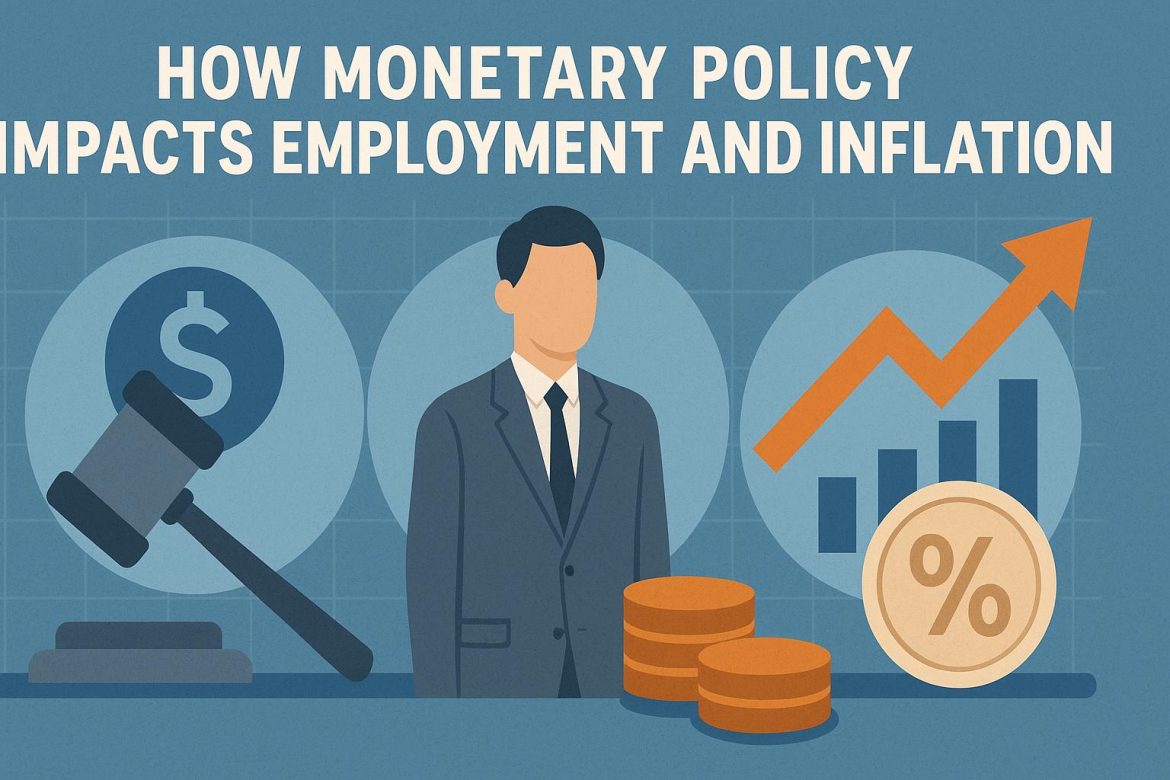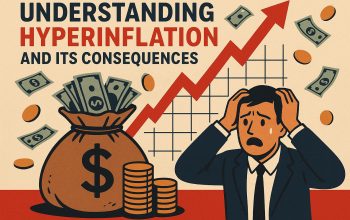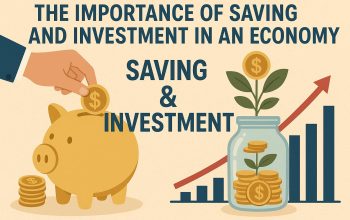Understanding Monetary Policy
Monetary policy plays a pivotal role in managing the economic health of a nation. It involves the processes and actions undertaken by a country’s central bank, such as the Federal Reserve in the United States, to regulate the supply and cost of money primarily through adjusting interest rates. The central objectives of monetary policy are to keep inflation under control and promote maximum employment, both of which are crucial to maintaining economic stability and fostering growth.
Relationship Between Monetary Policy and Inflation
Inflation reflects the rate at which prices for goods and services increase, which reduces purchasing power over time. Central banks focus on maintaining inflation at a moderate and predictable rate to ensure a stable economic environment. Interest rate adjustments serve as the primary mechanism for controlling inflation.
In cases where inflation rates rise significantly, central banks may opt to increase interest rates. This strategy makes borrowing more expensive for individuals and businesses, subsequently reducing spending and investment. As a result, the inflow of money into the market decreases, leading to stabilized prices. Conversely, if inflation remains low, central banks might lower interest rates to encourage borrowing and spending, thus rejuvenating economic activity and preventing deflation.
The Role of Interest Rates
Interest rates are a central component of monetary policy because they directly impact the cost of borrowing and the returns on savings. When interest rates are increased, borrowing costs rise, typically resulting in decreased consumer spending and business investments. This reduction in demand can be effective in lowering inflation rates.
Alternatively, by lowering interest rates, central banks decrease borrowing costs, which can stimulate spending and investment. This stimulation not only fuels economic growth but can also increase inflation if the economy grows too quickly. Hence, central banks face the intricate task of maintaining a balance between stimulating the economy and preventing excessive inflation.
Impact on Employment
Monetary policy also significantly influences employment levels. By reducing interest rates, businesses are incentivized to expand due to cheaper financing options, leading potentially to job creation. Increased consumer spending further supports job growth as businesses boost production to meet rising demand.
In contrast, when central banks raise interest rates to manage inflation, businesses may cut back on expansion due to higher financing costs. This can result in stagnation or even reductions in employment levels. Thus, while policies targeting inflation control can stabilize prices, they can have adverse short-term impacts on employment.
The Dual Mandate
Central banks usually operate under a dual mandate: ensuring stable prices and maintaining maximum sustainable employment. This dual mandate requires a fine-tuned balancing act where the implications of monetary policies on both inflation and employment must be continuously monitored and adjusted. An overemphasis on one objective could inadvertently impact the other. For instance, focusing too heavily on inflation control can suppress job growth, while prioritizing employment could lead to price instability.
Long-Term Economic Health
In the long-term perspective, effective monetary policy is instrumental in fostering a stable economic environment that supports growth. By keeping inflation low and stable, monetary policy encourages saving and investment, which are essential for capital accumulation and technological progression. Similarly, by promoting employment, it helps create a resilient workforce, vital for persistent economic development.
On a final note, understanding the interplay between monetary policy, inflation, and employment is crucial not only for grasping central banking decisions but also for anticipating potential economic trends and preparing for them in advance. For those interested in a more comprehensive understanding of monetary policy and its impact on the economy, the Federal Reserve’s official page provides extensive resources and updates on current policy decisions.
This article was last updated on: November 19, 2025




